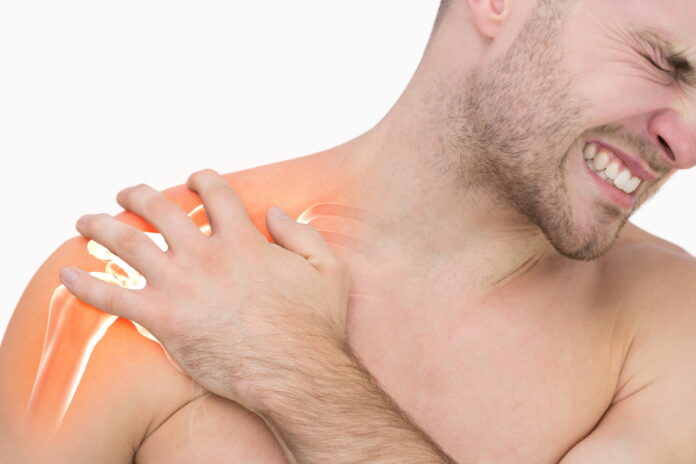Clinical Practice Guideline for Post-Operative Treatment of Rotator Cuff Surgery
By Namwook Cho L.Ac.
According to a research paper published in NIH, Failure rates after arthroscopic repair or rotator cuff postoperative syndrome of large and/or massive rotator cuff repairs have been reported to range from 34%-94%.
The rotator cuff postoperative syndrome can be defined as discomfort symptoms that occur at all stages (immediately after operation to rehabilitation) after conducting rotator cuff-related operations. The main symptoms include dysfunctions, including pain, limited movement, stiffness, or various postoperative effects.
The clinical treatment guidelines aim to help the decision-making of Asian medicine practitioners and their patients and improve the quality of life by providing more effective and standardized treatment.
Acupuncture Proved Significant In Pain Relief and Increase ROM
Guideline for Post-Operative Treatment of Rotator Cuff Surgery
Overview
The rotator cuff postoperative syndrome can be defined as discomfort symptoms that occur at all stages after conducting rotator cuff-related operations to treat rotator cuff injuries and disorders, and pain and discomfort symptoms persist during the recovery of operation. The main symptoms include dysfunctions, including pain, limited movement, stiffness, or various postoperative effects.
The treatment of the rotator cuff postoperative syndrome is important since pain and dysfunction are prone to be chronic, and this chronic pain to daily life, ability to work, functional limitations of sports activities, re-injuries, and reoperation, and thus may affect the overall quality of life.
The main symptoms include dysfunction, including pain, limited movement, stiffness, or postoperative effects. Therefore, the target population of this clinical treatment guidelines is all patients who have undergone operations related to rotator cuff after being diagnosed with rotator cuff injuries or disorders.
Treatment/ Recommendations
Early Stage after the operation
Acupuncture therapy proved significant in pain relief and functional improvement compared to the acupuncture control group in early-stage patients after the rotator cuff operation. Electro-acupuncture may be additionally applied to acupoints according to the patient’s clinical characteristics. → B/Moderate
Rehabilitation stage
The combination of acupuncture therapy and general rehabilitation treatment proved a statistically significant decrease in pain and increased range of motion compared to the untreated control group in rehabilitation-stage patients after the rotator cuff operation. → B/Moderate
The combination of electro-acupuncture therapy and the general rehabilitation treatment proved to have a statistically significant decrease in pain and improved function compared to the active ultrasound comparator in rehabilitation-stage patients after the rotator cuff operation. Electro-acupuncture therapy for acupoints around the shoulder, such as Jianliao (TE14), Jianyu (LI15), Jianjing (GB21), Tianzong (SI11), etc., can be combined in the rehabilitation treatment for rehabilitation-stage patients after the rotator cuff operation. → B/Moderate
Moxibustion may combine moxibustion therapy and the general rehabilitation treatment rather than performing the general rehabilitation treatment alone in rehabilitation-stage patients after the rotator cuff operation. → C/Very Low
Chuna may be considered to combine the general rehabilitation treatment rather than the general treatment alone in rehabilitation-stage patients after the rotator cuff operation. → C/Very Low
Even if there is insufficient scientific data, consider applying for herbal medicine. As the basic prescription of Korean oriental herbal medicine in the early stage after the rotator cuff operation, decoctions for omodynia (Gyeoneung-tang, Sodamjesup-tang, Seokyeong-tang) may be prescribed to eliminate blood stasis by promoting blood circulation and to relax muscles and tendons and regulate the channels.






































